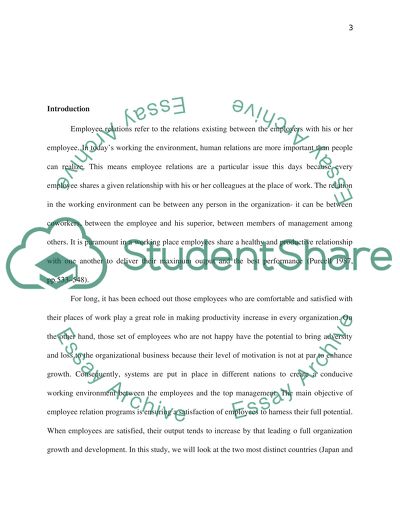Cite this document
(“Employee Relations(Japan and Great Britain) Essay”, n.d.)
Employee Relations(Japan and Great Britain) Essay. Retrieved from https://studentshare.org/marketing/1675560-employee-relationsjapan-and-great-britain
Employee Relations(Japan and Great Britain) Essay. Retrieved from https://studentshare.org/marketing/1675560-employee-relationsjapan-and-great-britain
(Employee Relations(Japan and Great Britain) Essay)
Employee Relations(Japan and Great Britain) Essay. https://studentshare.org/marketing/1675560-employee-relationsjapan-and-great-britain.
Employee Relations(Japan and Great Britain) Essay. https://studentshare.org/marketing/1675560-employee-relationsjapan-and-great-britain.
“Employee Relations(Japan and Great Britain) Essay”, n.d. https://studentshare.org/marketing/1675560-employee-relationsjapan-and-great-britain.


